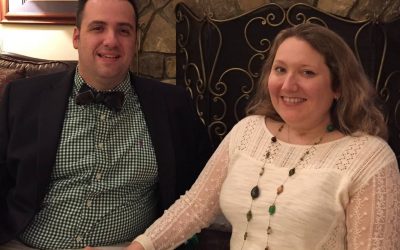Charcot-Marie-Tooth Disease Awareness Problem from Hereditary Neuropathy Foundation on Vimeo.
If you walked up to a group of people in your town, your city, your school, or your neighborhood…and asked them if they ever heard about Multiple Sclerosis, the majority would say, “Yes.”
Now, ask them if they have ever heard of Charcot- Marie-Tooth…the majority would say “What?”
Even though the incidence of CMT is greater than that of MS and other diseases, CMT goes largely unrecognized–and not just among the general population. Patients go years without a proper diagnosis and care because many health care professionals (HCPs) are not aware of the disease or how to manage it.
Why are we still battling a disease awareness problem? This critical issue of disease was addressed in the closing keynote at the 2016 Patient-Centered Charcot-Marie- Tooth Summit. Robert Moore, husband to Allison Moore, CEO and Founder of HNF, led a compelling discussion on the challenges of CMT awareness and how we–as a community of patients, researchers, and HCPs– can give this disease the recognition it deserves. He encouraged us to keep pushing the boundaries of raising awareness within the CMT patient and HCP communities. Without awareness, we don’t have a voice.
You won’t want to miss this video of Robert, who not only educated but entertained the audience with his engaging keynote.






Great presentation Rob-I learned so very much about the ordeal of this diagnosis.
You made a great point of what we don’t know-we don’t think about and don’t try
to understand. You were very informative about illness vey similar to CMT that
we are all familiar with. I know your presentation inpacted my understanding and
how to help—just spread the word about CMT and help make it a treatable illness
that is commonly understood. Thank you Robert- this was a very personal and
compassionate plea.
There are many things we as a community are learning that we have in common, and I have had many doctors tell me things arent linked and they clearly are…its frustrating…my son has pectus carinatum as do I and so on, toe walking is a very big indicator too.